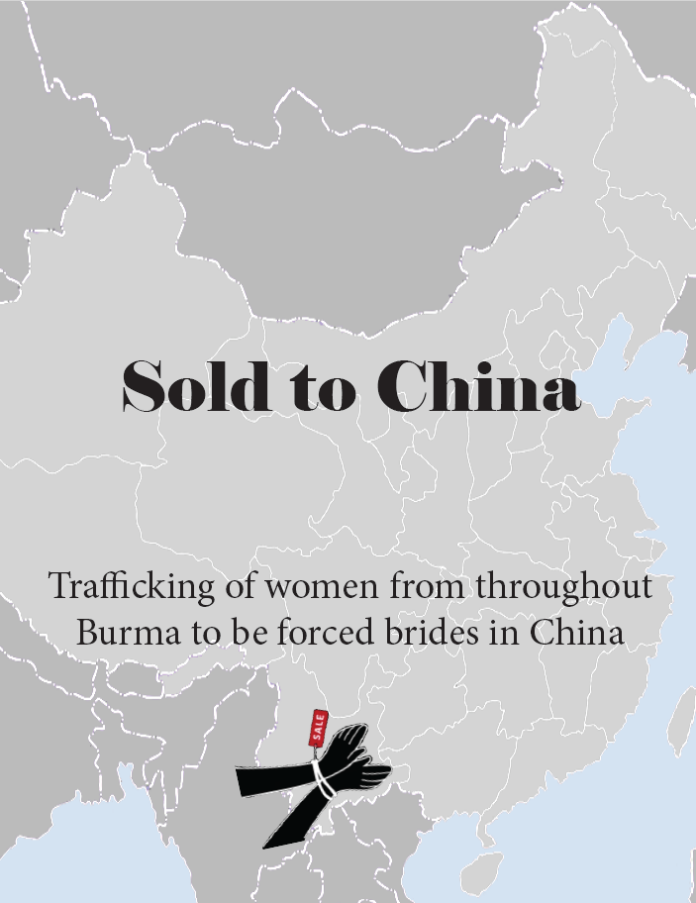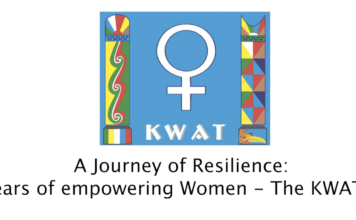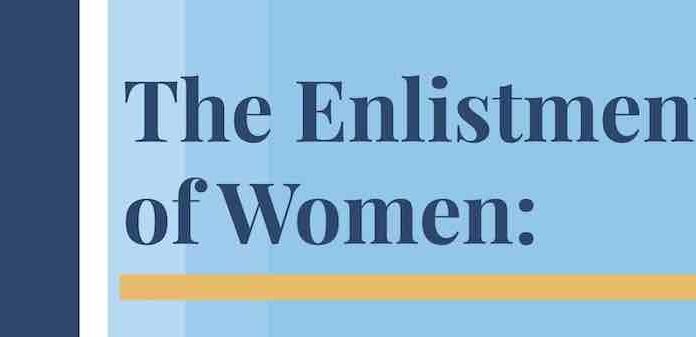This report, based on interviews with 187 female trafficking survivors assisted by KWAT between 2019 and 2023, reveals that the demand for brides continues to be the main factor fuelling trafficking of women from Burma to China, and that women from throughout Burma are being trafficked for this purpose
Number of bride trafficking survivors assisted by KWAT in 2019 tripled from the previous year, before decreasing due to border closures and travel restrictions as a result of the Covid pandemic and escalated conflict after the 2021 military coup in Burma – during which time women began being trafficked to Chinese-run cyber scam centers in northeast Shan State.
Over half of all bride trafficking survivors came from states and regions of Burma not adjoining China, unlike in previous years, when most survivors came from Kachin or northern Shan State.
Most of the survivors were recruited in person, by relatives or “friends” linked to the extensive trafficking networks that have developed across Burma and China as a result of decades of bride trafficking. Many brokers were themselves originally trafficked as brides to China.
Most women were offered well-paying jobs at factories or farms in China to lure them across the border before being forced to be brides. Increased smuggling of workers from Burma to meet factory labour demands in China’s eastern industrial zones has been useful for traffickers, both as a pretext to entice women across the border, and enabling them to prey on those already in China.
Some women agreed from the outset to be wives of Chinese men, but usually ended up being cheated in terms of the promised payment or time-length required to be brides.
Only a third of the women crossed the border through official gates, the rest crossed using unofficial routes. Sometimes the sale transaction with husbands took place at the Chinese border, and sometimes women were smuggled by car much deeper inside China before being sold – at costs ranging from 10,000 yuan to as much as 500,000 yuan.
The majority of Chinese husbands were farmers, living alone with their parents. Almost all the forced brides were treated abusively by their Chinese husbands and parents-in-law. Most were kept locked up, forced to have sex, and beaten or otherwise tortured if they resisted. Several suffered life-threatening injuries.
The most common means of escape for the brides was to run to the Chinese police – sometimes after several years of captivity, and having given birth to one or more children. Some managed to use phones to arrange rescue by police. Others were rescued during police household checks, particularly during Covid.
Although running to the police usually resulted in being deported back to Burma, some women were returned by police back to their husbands before being able to escape again.
Some who turned to on-line friends or brokers to escape ended up being re-trafficked to another Chinese husband.
Before deporting the women back to the Burmese border, Chinese police kept the women in detention for periods of a few days to a year, in police stations, prisons, old people’s homes or juvenile detention centres. Shockingly, three were kept in mental asylums, including a 13-year-old girl detained in an asylum in Anhui for a year, where she was almost strangled to death by another patient.
The abusive treatment of forced brides by their Chinese husbands and in-laws provides disturbing evidence that patriarchal values remain deeply rooted in Chinese society. This is also apparent from the failure of local community members to intervene to prevent the abusive treatment of the brides kept captive in their neighborhood.
The fact that Chinese husbands in all provinces managed to arrange for their undocumented brides to receive medical care at local health facilities and their children to be registered as Chinese citizens, also shows it is common practice for local Chinese authorities to turn a blind eye to the trafficking of foreign brides.
Given the ongoing demand for brides in China, and growing impoverishment of large sectors of Burma’s population due to the spreading conflict and collapse of the economy since the 2021 military coup, more and more women are likely to be lured into the hands of unscrupulous traffickers, suffering untold abuse.
Clearly, to tackle the trafficking issue it is necessary to address the structural root causes of migration from Burma. This requires an end to military dictatorship and the establishment of federal democracy ensuring equitable, sustainable development.
However, in the meantime, we urge the Chinese government to take more serious measures to prevent and crack down on trafficking of foreign brides and improve police procedures assisting foreign trafficking survivors.
It is also urgently needed for the Chinese government to set up easily accessible, formal channels enabling citizens of Burma to enter China and work legally in all areas requiring foreign labour, so that they do not have to rely on smuggling networks that make them vulnerable to exploitation and trafficking.
The Chinese government should also carry out public awareness campaigns about the plight of foreign trafficked brides so that local communities and officials stop turning a blind eye to their enslavement.
Now that most areas of Burma along the China border have fallen under the control of ethnic resistance organizations (EROs), we also urge the Chinese government to authorize their police to liaise with these EROs when deporting trafficking survivors into areas under their control.
We also urge the EROs, particularly the United Wa State Army, to take action against human traffickers and close down any establishments using forced labor in their areas.





